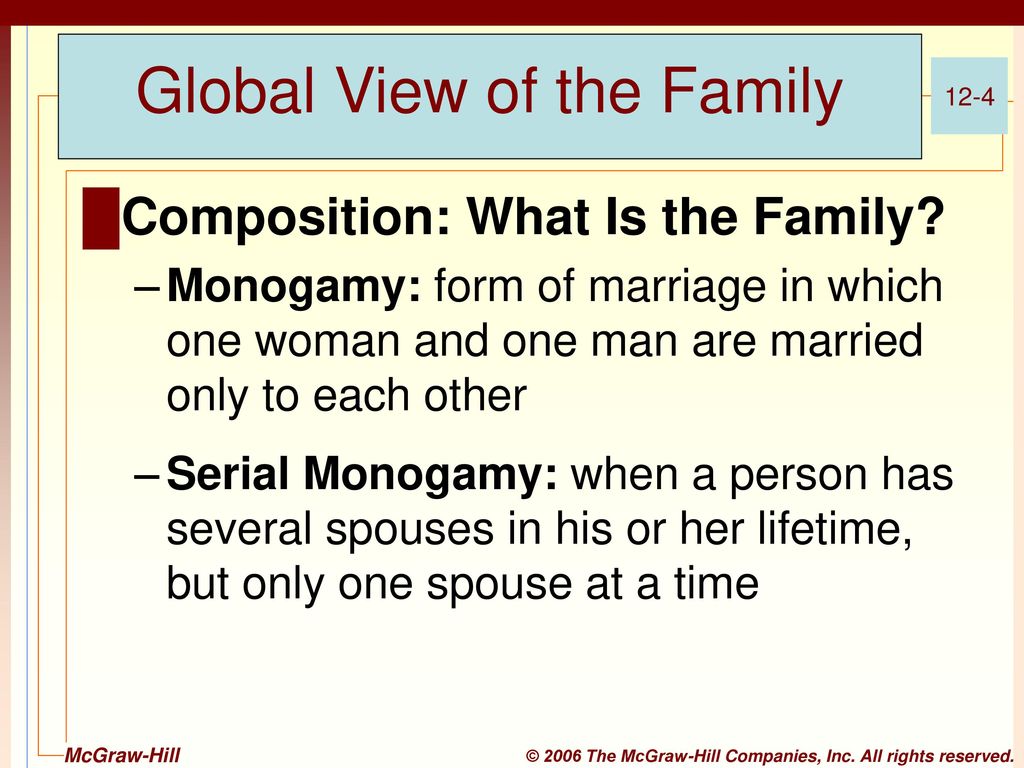

In humans, social monogamy equals monogamous marriage. Social monogamy refers to a male and female's social living arrangement (e.g., shared use of a territory, behaviour indicative of a social pair, and/or proximity between a male and female) without inferring any sexual interactions or reproductive patterns. Beyond these distinctions, certain combinations of factors may occur: Genetic monogamy refers to the fact that two partners only have offspring with one another, so that all the offspring raised by the pair are genetically related to each partner. Sexual monogamy refers to a couple that remains sexually exclusive with one another and neither person has outside sex partners. Social monogamy refers to a couple that lives together, has sex with one another, and cooperates in acquiring basic resources such as food and shelter. Polygamy, polygyny, and polyandry are anthropological terms referring respectively to multiple marriages, marriages of multiple women to one man, and of multiple men to one woman.īiologists have described three types of monogamy: social monogamy, sexual monogamy, and genetic monogamy. The term monogamy, however, may also be applied to a couple who are not formally married, but maintain an exclusive sexual relationship.Īlternatives to monogamy include sexual abstinence-the choice not to participate in sexual activity-and polyamorous relationships involving multiple sexual partners. Raising children in a family, holding property, sexual behavior, relationship to society, inheritance, emotional intimacy, health care, and love are a few examples of the rights and obligations often shared by a married couple. Marriage is the institution through which a man and a woman typically expect to share their lives intimately in a monogamous relationship, usually referred to in the vows stated at their wedding ceremony. The word "monogamy" comes from the Greek word monos, which means one or alone, and gamos, which means marriage or union. Monogamy is the custom or condition of having only one mate. Commitment to a monogamous relationship offers much support in the achievement of happiness and maturity as an individual, establishment of a harmonious family and prosperous lineage, and support for contributing to society as a whole. However, non-monogamous relationships have many challenges that affect not only those involved in the partnership but also their children. Polygamous or successive monogamous partnerships have proven valuable for many species, and for human beings under certain conditions.


 0 kommentar(er)
0 kommentar(er)
